taste shrimp
Taste shrimp, also known as spicy crayfish, Changsha taste shrimp, spicy crayfish and so on, is a well-known traditional snack in Hunan Province, made of crayfish, spicy and fragrant taste, bright red color, smooth texture, spicy taste.
At the end of the twentieth Century, it began to spread all over the country and became a classic snack for beer stalls on summer evenings. The lobster was originally from North America. It was introduced to Japan by the United States in 1918 and to China by Japan in 1929. It grew in rivers, lakes and marshes in southern China.
Since the reform and opening up, with Hunan people spreading Hunan cuisine all over the country, especially the spread of "Happy Base Camp" on Hunan Satellite TV, tasty shrimp has become popular all over the country for a while. Many entertainment stars will inevitably forget to eat tasty shrimp when they come to Changsha to make programs. This red, bright, spicy and delicious shrimp has spread to Hefei, Shanghai, Beijing and other places, making people who do not like chili peppers very crazy.
According to textual research, the nutrient composition of taste shrimp is similar to that of sea shrimp, but the taste of sea shrimp is more fresh, people think that its nutrient composition is high. In fact, the nutritional components of shrimps are almost the same, they are high protein and low fat. The protein content accounts for about 16%-20% of the total, and the fat content is less than 0.2%. And the fat is mainly composed of unsaturated fatty acids, suitable for human absorption. The contents of zinc, iodine and selenium in shrimp meat are higher than those in other foods. Meanwhile, its muscle fibers are tender and easy to digest and absorb. In other words, although some nutritionists have negated the taste of shrimp, believing that it is polluted seriously and contains bacteria, it does not seem to frighten the people who eat the taste of shrimp, but the more they eat, the more energetic they become.
Shrimp is a dynamic wind, and is suffering from skin scabies.
People in Changsha love to eat shrimp. They can only be described in two words: "Crazy". Taste shrimp has been loved by the people of Changsha who have been obstinate in mouth for more than ten years since it appeared in Changsha in 1990. It can be said that it has created a shrimp eating miracle. Relative to restaurants and restaurants, although the store environment for eating shrimp tastes is not very good, some even sit on the roadside to eat, but from famous brand hosts to film and television celebrities to ordinary people, can not resist the temptation of such a small shrimp tastes, we must eat once before we get addicted.
Summer is the best season for tasting shrimp. Walking in the streets and lanes of Changsha at night, you will find that almost every table eater is "teeth and claws dancing" to the basin of tasting shrimp on their table. Although each table is red-hot, tearful and sweaty, it is still so happy. Full of fighting spirit.
Shrimp, which Changsha people like to call lobster, is actually not lobster. The shrimps are about five inches long, with double pliers and hard shells. Legend has it that they were introduced from Australia. Later, there were no natural enemies. They were everywhere. They even liked to make holes under the embankment. They harmed one side and grew very fast. So Changsha people ate them with a look of eliminating harm for the people.
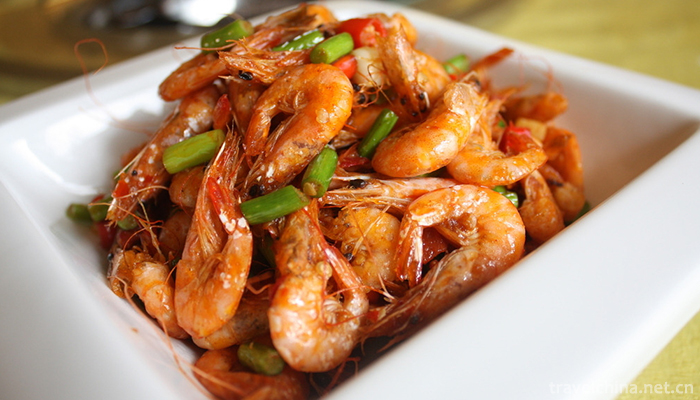
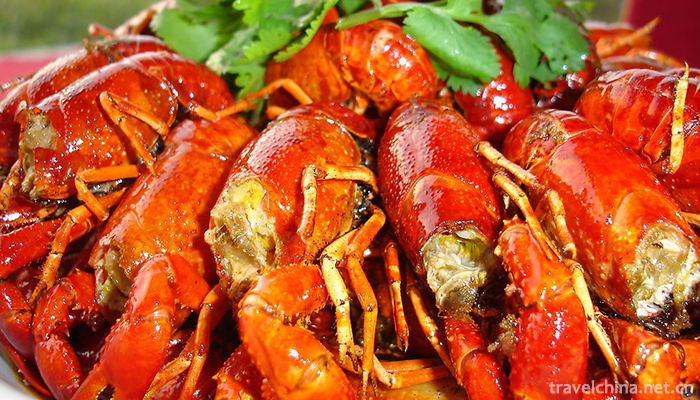
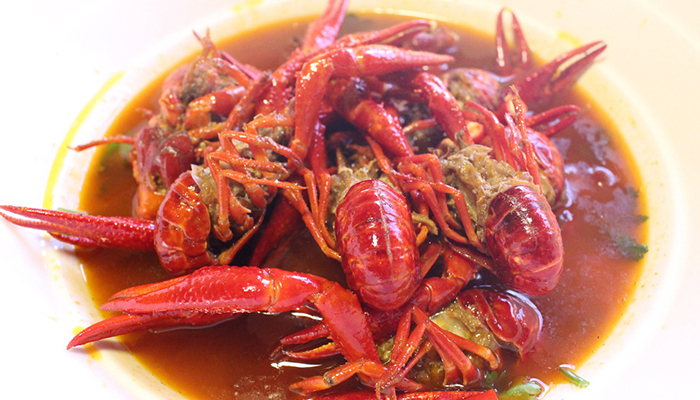
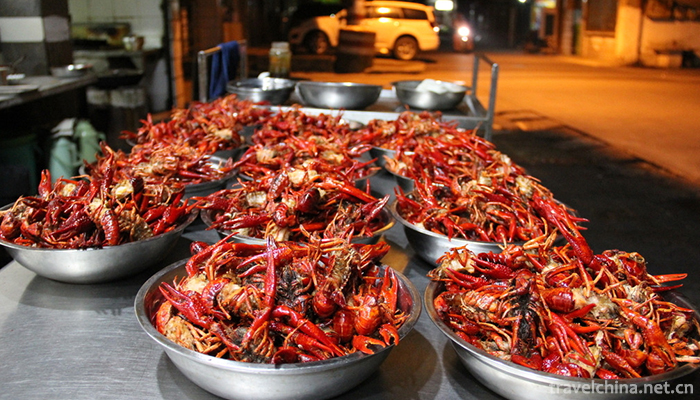
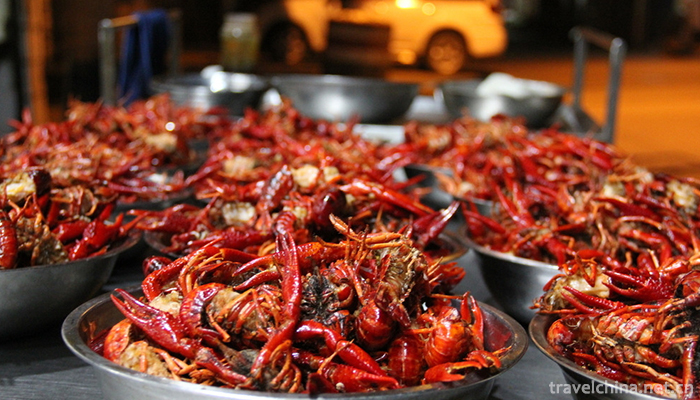
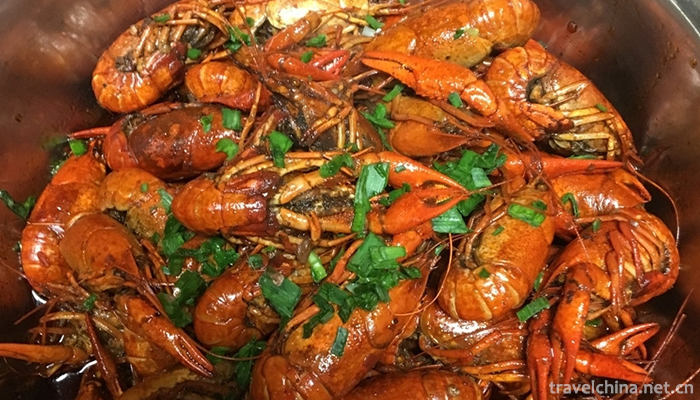
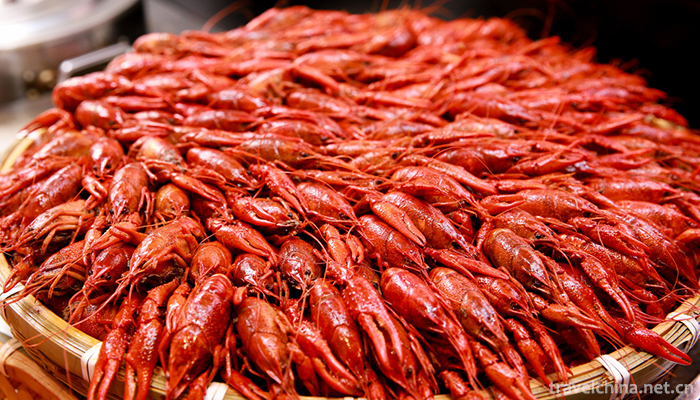
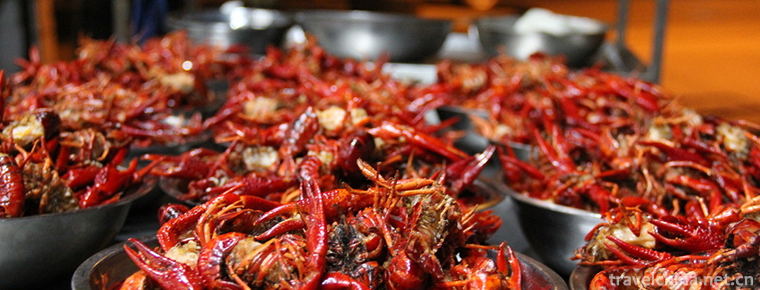
-
2.Shanghai Zoo
Shanghai Zoo is located at 2381 Hongqiao Road, Changning District, Shanghai, which is close to Shanghai Hongqiao International Airport. Founded in 1954, originally known as the West Suburb Park. Shang
Time 2018-12-19 -
3.Shanghai Fangta Garden
Fangta Garden is one of the gardens in the ancient city of Songjiang, which is mainly composed of historical relics. The garden covers an area of 182 mu. The site was originally the downtown center of
Time 2018-12-19 -
4.Dayi Liushi Manorial Museum
Dayi Liu Manor Museum, located at No. 15 Jingui Street, Anren Town, Dayi County, Chengdu City, Sichuan Province, is one of the most important historical sites and representative buildings in modern Ch
Time 2018-12-26 -
5.Grand View Park
Daguan Park is located in the Dianchi Lake, about 2 kilometers west of Kunming City. It was built in the first year of Hongwu in the Ming Dynasty (1368 A.D.). In the thirty-fifth year of Emperor Kangx
Time 2019-01-06 -
6.The Yellow Dragon Cave huanglong Cave
Located in Wulingyuan Scenic Area, the core scenic spot of Zhangjiajie City, Hunan Province, Huanglong Cave is an integral part of the World Natural Heritage Site and Zhangjiajie World Geopark
Time 2019-01-18 -
7.Ewenki reindeer custom
Ewenki reindeer, also known as Ewenki hunters (mainly according to their professional characteristics and different from other Ewenki), are part of the Ewenki people. They migrated over 300 years ago
Time 2019-04-28 -
8.Pudong Storytelling
Pudong storytelling, also known as cymbal books, Shanghai books, peasant books and so on. Pudong pays equal attention to both storytelling and singing, pays attention to plot, and has a fast rhythm. T
Time 2019-06-09 -
9.Yunnan Mengzi Crossing Bridge Rice noodles guo qiao mi xian
"Crossing bridge rice noodles" is a unique food in southern Yunnan. It originated in Mengzi City, Hani and Yi Autonomous Prefecture of Honghe. It has a history of more than 100 years. It wa
Time 2019-07-16 -
10.Forging Skill of Zhang Xiaoquans Scissors
In 1663, Zhang Xiaoquan's scissors were first created in Hangzhou, and later became one of the famous "five Hangzhou" products. The development of "Zhang Xiaoquan" scissors has exp
Time 2019-07-25 -
11.Beijing Forestry University
Beijing Forestry University is a national key university directly under the Ministry of Education and jointly established by the Ministry of Education and the State Forestry and Grassland Administrati
Time 2019-09-06 -
12.Neijiang economy
In 2019, the GDP of Neijiang City will reach 143.33 billion yuan, an increase of 7.8% over the previous year in terms of comparable prices. Among them, the added value of the primary industry was 24.050 billion yuan, an increase of 2.9%; the added value
Time 2020-12-16